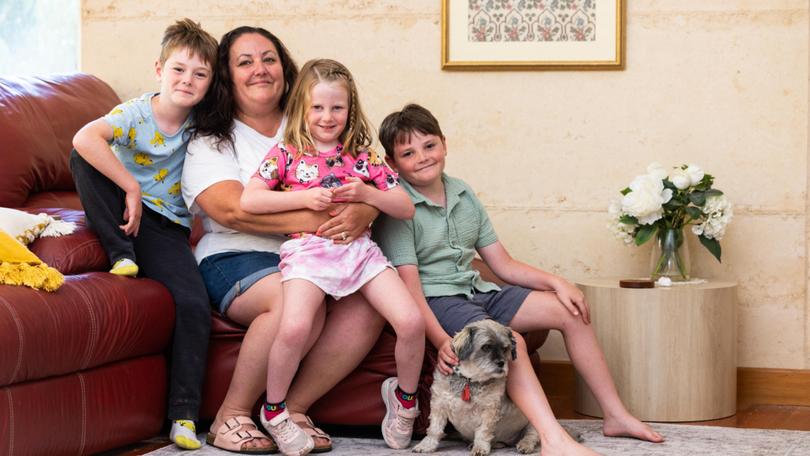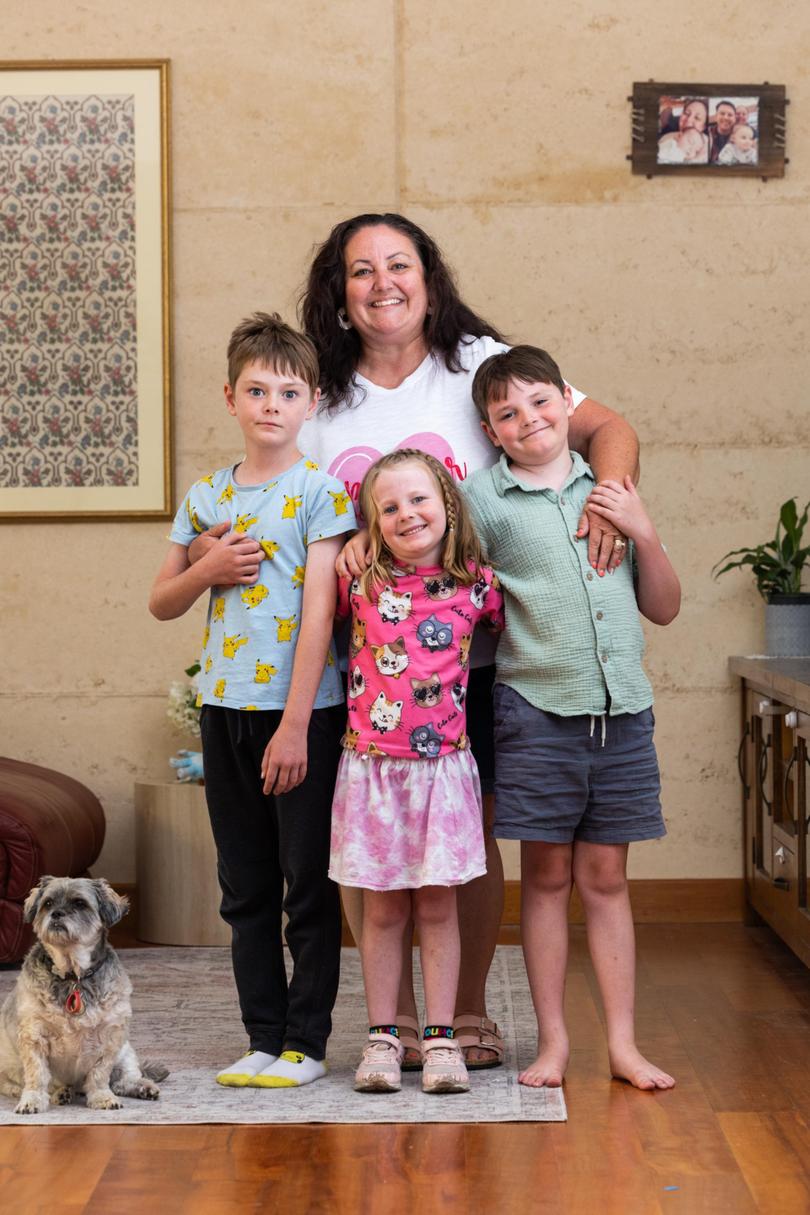Autism strategy: National Strategy and Action Plan in multi-year effort to understand Australians with autism

A nationwide study to find the true number of Australians with autism will underpin the future of how Australia will deal with a wave of diagnoses, a new Federal strategy states.
To be unveiled in Perth on Tuesday, the first ever National Strategy and Action Plan for Autism aims to improve the lives of the almost 300,000 Australians already diagnosed, and those whose developmental disorder has gone undetected.
Social Services Minister Amanda Rishworth said, as part of the six-year action plan, the Federal Government would fund $42.3 million in additional programs for the diagnosis and support for those with autism.
Sign up to The Nightly's newsletters.
Get the first look at the digital newspaper, curated daily stories and breaking headlines delivered to your inbox.
By continuing you agree to our Terms and Privacy Policy.That will include almost $20m for a peer support program to enable those with lived experience to provide advice to others.
The Government will also announce almost $1m for autism awareness and education campaigns, and $445,000 to improve the diagnosis process.
In a speech to be delivered on Tuesday, Ms Rishworth, will reveal the program and the importance of it for delivering future policies.
“Autistic people have different ways of experiencing life, different hurdles, different capacity and support needs and different communication methods — some of which may vary for a single person in different situations or times,” Ms Rishworth said.
“Sometimes, what may seem for neurotypical people to be a relatively uneventful trip to a shopping centre or a pub can actually be immensely distressing for autistic people because not all of those spaces have been designed to suit their needs.
“The strategy recognises this and is designed to support all autistic Australians in all stages of life.”
There will also be almost $3m over the next four years for a comprehensive epidemiological study to identify the true prevalence of autism in Australia.
There has been a flood of new diagnoses in recent years, especially among children, with Australian Institute of Health and Welfare figures showing the number of Australians with autism has climbed from 65,000 people in 2009 to an estimated 290,000 last year.
But National Autism Strategy Oversight Council co-chairwoman Clare Gibellini said she expected the study to find the true number was almost double.
Ms Gibellini, who was only diagnosed aged in her 30s, said the study could assist with shining a light on groups under-represented in autism statistics, including older women and those from diverse backgrounds.

“This study is going to be so important to actually show the depth or the breadth, of our community. Because unless you know, you can’t make effective policy right,” she said.
“So the flow-on effect of that will be showing decision-makers the the the urgency of need when it comes to the policies that they implement, and decisions that they make.”
Madeley mum Monique Forde, pictured, who has three children with autism, said she hoped the strategy would provide greater social awareness about the challenges faced by families.
“It’s really hard to be out and about, and then there’s a big emotional meltdown situation that happens. It’s really hard then to figure that out and not feel that you’re being judged by many other people,” she said.
“I think a lot of people assume that it’s poor behaviour or parenting and that’s why the children are behaving the way they are, and it’s not the case.
“It’s different challenges that we face but other people don’t realise that.”

